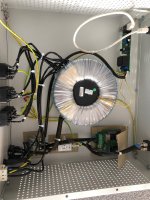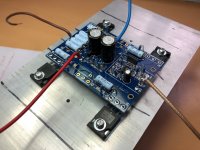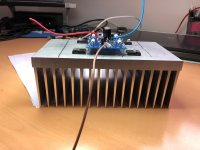The magic crossover - How to reach below 17Hz at -3dB with ultra-low phase distortion
- Subwoofers
- 23 Replies
2 x 18NLW9400, 152 liters each closed box (or both in one box of 304 liters) - processing see MathCAD screenshot, next post.
2 x 15MI100, 91 liters each closed box, processing see MathCAD.
NO ANY resonator, filter corner frequency, steep phase decay, helmholtz, etc. between 20Hz and 400Hz -> Transient response at its best - tight controlled bass, group delay minimized. No Booming, no thunder, just pure signal. Absolutely perfect for home theater.
Crossover is done by pure mathematical magic - see MathCAD.
- see MathCAD.
Sensible Excursion distribution of both 15"s vs. both 18"s. So the 15s can go up to 400Hz without bad excursion caused intermodulation.
18s and 15s acoustically 100% in phase where it is most needed.
System level up to 108.75dBSPL undistorted, -3dB at 16.8Hz. (-10dB at 10Hz).
Aiming for below 17Hz may be BEYOND INSANE for music listening, but barely enough for some HT enthusiasts, over at avsforum.com. I am always wondering what kind of investment some guys there are doing to reach below 10Hz at medium SPL. This system is very cheap and light weight (at least in comparison to some avsforum freak systems).
Depending on the Amping used, the system may be below 170kg. Adding decent midrange and compression tweeter, DSP and amping, the whole system may be ~ EUR 6000 for DIY.
Next post is the MathCAD.
2 x 15MI100, 91 liters each closed box, processing see MathCAD.
NO ANY resonator, filter corner frequency, steep phase decay, helmholtz, etc. between 20Hz and 400Hz -> Transient response at its best - tight controlled bass, group delay minimized. No Booming, no thunder, just pure signal. Absolutely perfect for home theater.
Crossover is done by pure mathematical magic
 - see MathCAD.
- see MathCAD. Sensible Excursion distribution of both 15"s vs. both 18"s. So the 15s can go up to 400Hz without bad excursion caused intermodulation.
18s and 15s acoustically 100% in phase where it is most needed.
System level up to 108.75dBSPL undistorted, -3dB at 16.8Hz. (-10dB at 10Hz).
Aiming for below 17Hz may be BEYOND INSANE for music listening, but barely enough for some HT enthusiasts, over at avsforum.com. I am always wondering what kind of investment some guys there are doing to reach below 10Hz at medium SPL. This system is very cheap and light weight (at least in comparison to some avsforum freak systems).
Depending on the Amping used, the system may be below 170kg. Adding decent midrange and compression tweeter, DSP and amping, the whole system may be ~ EUR 6000 for DIY.
Next post is the MathCAD.

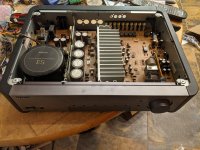
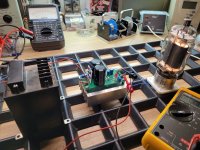
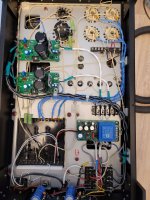
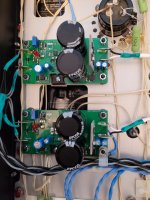
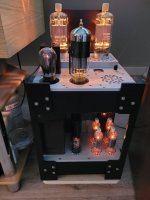
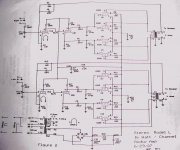
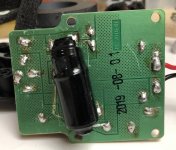

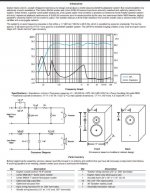










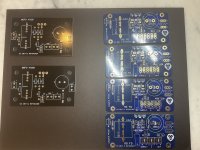
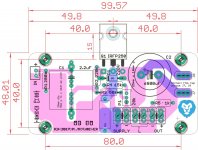
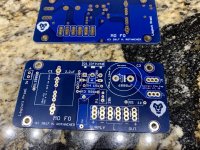
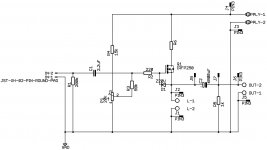
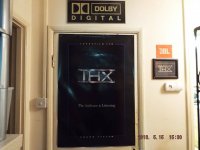

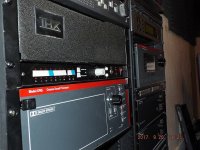
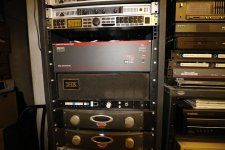
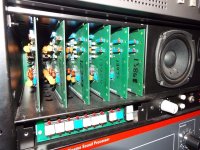
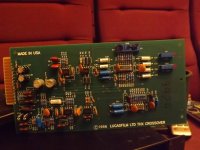
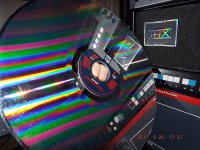
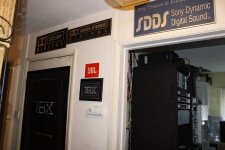
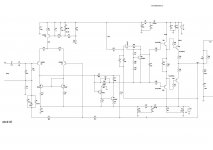
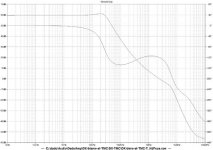
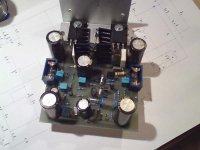
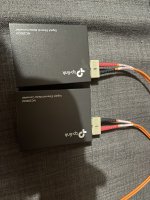


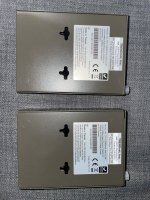
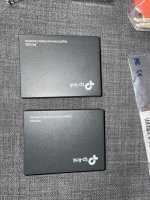
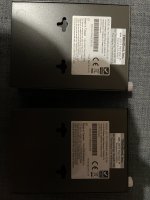
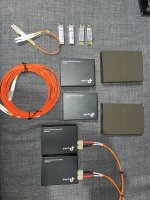
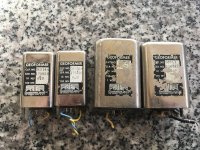
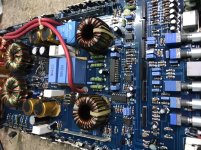

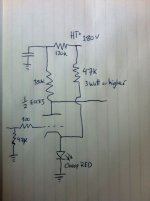
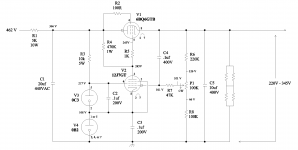
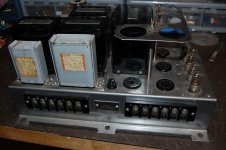
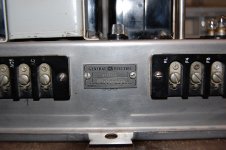
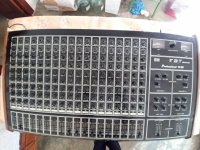
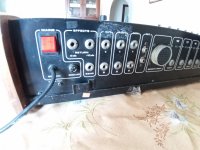
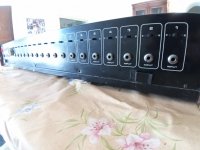
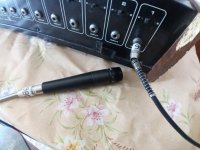
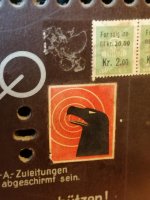
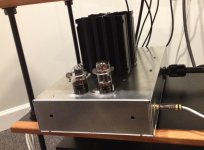
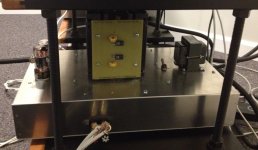
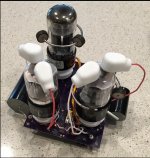
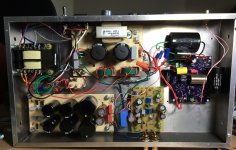






 ⚡
⚡